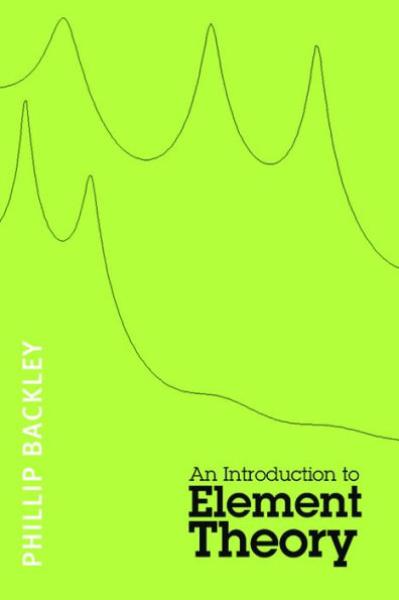Description
Describing a new and appealing way of analysing speech sounds, this book introduces you to the theory of elements in phonology. Traditional features are capable of describing segments and segmental patterns, but they are often unable to explain why those patterns are the way they are. By using elements to represent segmental structure, we begin to understand why languages show such a strong preference for certain kinds of segments, contrasts, phonological processes and sound changes. Using examples from a wide range of languages, this book demonstrates the process of analysing phonological data using elements, and gives readers the opportunity to compare element-based and feature-based accounts of the same phonological patterns. Backley also challenges traditional views through his innovative analysis of English weak vowels and diphthongs and hsi unified treatment of linking r and intrusive r as glide formation processes. Providing a thorough introduction to the main topics in segmental phonology, this is an excellent overview for both students with a background in standard phonology as well as for those who are new to the field.Key Features* Provides a full and up-to-date description of Element Theory * Includes examples from many languages and various dialects of English * Further reading suggested for each topic * Contains over 100 illustrations, including spectral and spectrographic figures
A fresh alternative for describing segmental structure in phonology
Backley's book offers perspicacious and astute insights into possible and impossible segmental systems, delivering the reader a convincing and tightly-woven integration of formal representations, acoustic properties, and crosslinguistic typology.--Dr Andrew Nevins, Reader in Linguistics, University College London
This book was missing for sure. There are two major views on what sound is made of in the mind: basic building blocks are either (binary) features or unary primes that combine like colours do. Phillip Backley is an expert in the area: he has actively accompanied the unary project in Government Phonology (and sister theories) since the 80s. He now proposes a textbook that introduces to Element Theory in the best possible way: the beginner discovers the ins and outs of the unary enterprise without this requiring any prior knowledge and following a very lucid, laid-back presentation of the synopsis of a field which can only be written by somebody who has full command of the literature and its quarrels. However, the advanced reader will also discover a wealth of data that support the demonstration. The cognitive ambition of the unary project is never out of sight, and Backley admirably shows on every single occasion that the acoustic signature of Elements goes hand in hand with their identity and workings in the mind, and in grammar. There was no book that introduces to the unary project in melodic representation - now there is one, and Backley sets standards that it will be hard to supersede.--Tobias Scheer, University of Nice and CNRS
A fresh alternative for describing segmental structure in phonology
Backley's book offers perspicacious and astute insights into possible and impossible segmental systems, delivering the reader a convincing and tightly-woven integration of formal representations, acoustic properties, and crosslinguistic typology.--Dr Andrew Nevins, Reader in Linguistics, University College London
This book was missing for sure. There are two major views on what sound is made of in the mind: basic building blocks are either (binary) features or unary primes that combine like colours do. Phillip Backley is an expert in the area: he has actively accompanied the unary project in Government Phonology (and sister theories) since the 80s. He now proposes a textbook that introduces to Element Theory in the best possible way: the beginner discovers the ins and outs of the unary enterprise without this requiring any prior knowledge and following a very lucid, laid-back presentation of the synopsis of a field which can only be written by somebody who has full command of the literature and its quarrels. However, the advanced reader will also discover a wealth of data that support the demonstration. The cognitive ambition of the unary project is never out of sight, and Backley admirably shows on every single occasion that the acoustic signature of Elements goes hand in hand with their identity and workings in the mind, and in grammar. There was no book that introduces to the unary project in melodic representation - now there is one, and Backley sets standards that it will be hard to supersede.--Tobias Scheer, University of Nice and CNRS
Last updated on
Product Details
- Edinburgh University Pres Brand
- Jul 21, 2011 Pub Date:
- 0748637435 ISBN-10:
- 9780748637430 ISBN-13:
- 210 Pages
- 9.1 in * 6.1 in * 0.6 in Dimensions:
- 1 lb Weight:




